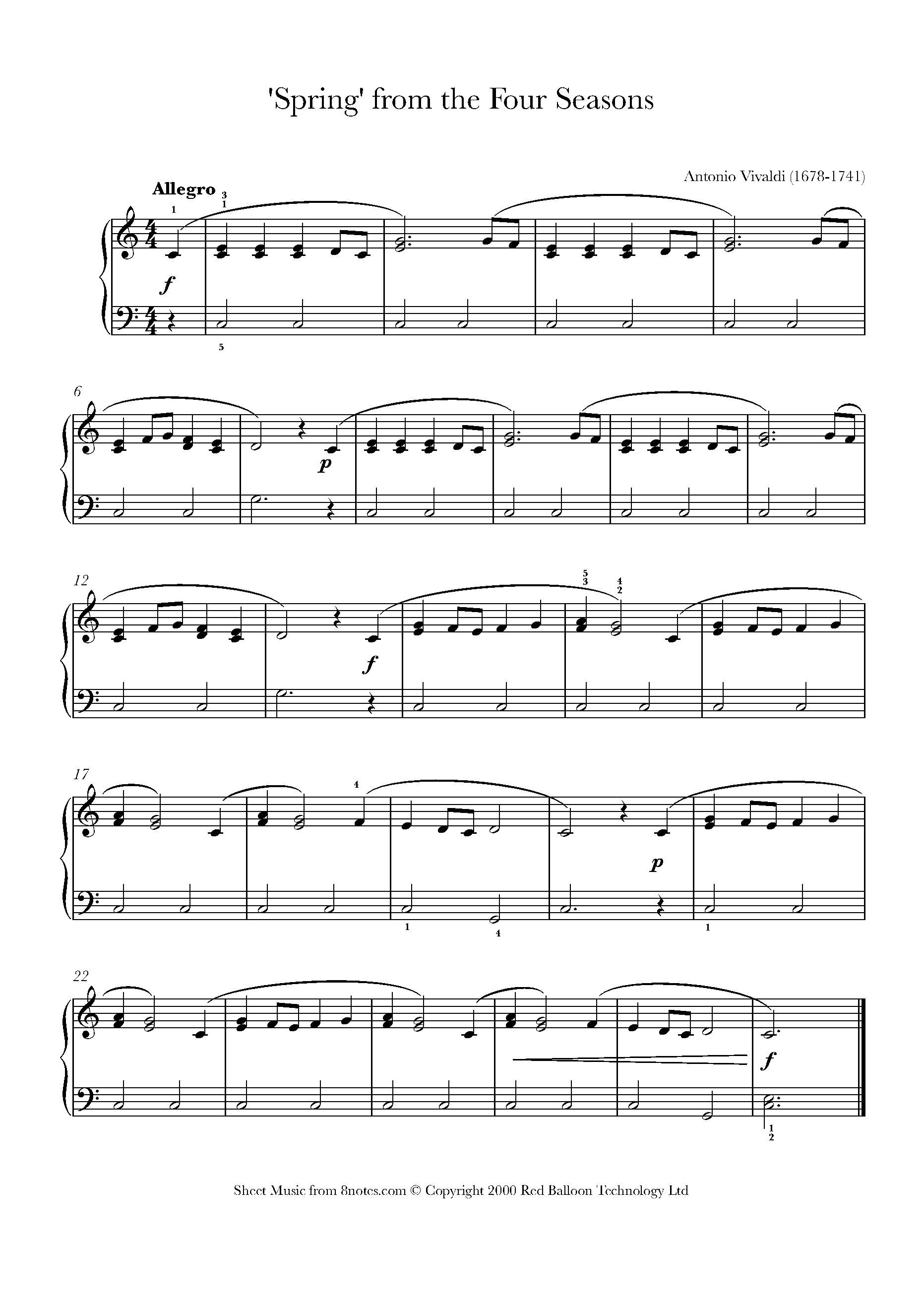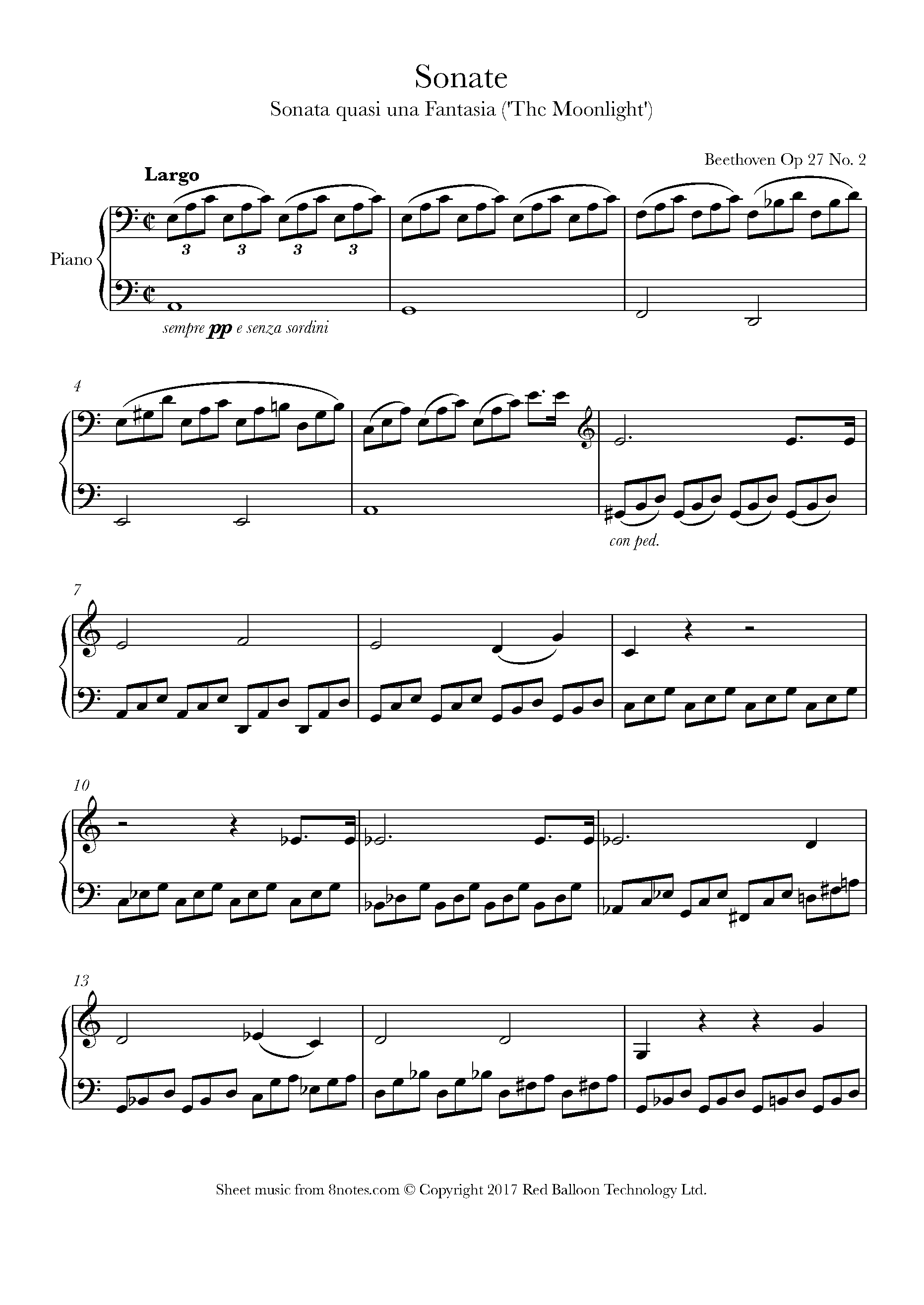How to Play a Tune by Ear
Playing by ear (i.e. being able to play a piece of music you have heard without reading it from notation) is a skill often associated with pop, rock and jazz musicians. Many guitarists, for example, learn to play their instruments listening to recordings of songs, imitating what they hear by ear.
'Classically trained' musicians tend to learn their instruments by reading notation. Whilst there is nothing wrong with this, learning to play by ear, without any notation, is an important and useful musical skill:
1.
It leads to a deeper understanding of how music works, since it cultivates the ability to instinctively recognise keys, intervals, chords and musical patterns.2.
Playing by ear is a skill closely associated with improvising. Those who can play by ear are usually the best improvisers, since the same skills underpin both. Improvising, furthermore, is very often a starting point for composing - it is not a coincidence that some of the greatest composers were also great improvisers.3.
It can be faster to play by ear, since you will learn automatically to adapt (if on guitar or piano) any accompaniment to your own skill level. Reading someone else's arrangement of a piece can be quite tricky!4.
You won't have to buy sheet music for those cool pop songs you want to play!5.
It's a vital skill if you want to join a pop, rock or jazz band.The good news is that, whilst some people do have an innate talent for playing by ear, it is most definitely a skill that can be learned.
So how do I do it?
Let's take this in stages:
Step 1: Sing it!
In order to play a melody by ear you should be able to sing it first. It is possible to play a recording, pausing it to work out each note as you go along. Much better to learn to sing the piece first, however, since this is a sign that you have really internalised the melody and are ready to transfer this knowledge onto your instrument.
Step 2: Try to identify the mode of your piece.
It will help a great deal if you can identify whether the piece is in a major or minor key before you begin, since this will help you to choose an easy starting note.
Major keys normally sound 'happy', like this:

Vivaldi - 'Spring' from the Four Seasons sheet music for Piano
Whereas minor keys will sound sad, like this:

Beethoven - Moonlight Sonata (1st mvt) (Easy Version) sheet music for Piano
You can learn more about major and minor scales in lesson 9 and lesson 10 of 8notes' music theory guide.
Step 3. Set your opening note.
If you think your piece is in a minor key, it is a good idea to start on the note A, D or E, since this will increase the likelihood that the rest of your piece won't have too many sharps or flats. If you think it is in a major key, start on the note C, F or G for the same reason.
Step 4. Sing your tune again.
Play your starting note then sing the tune beginning on that note. If you find the singing range uncomfortable you may choose a different starting note. So, for example, if you have started singing your major key piece on the note C and it's too high or low, try beginning on the note F or G.
Step 5. Work out that melody!
Now, as you sing your tune, try to find each note on your instrument as you sing. Here's a great video with Aimee Nolte showing you how to do this with Twinkle, Twinkle Little Star:
That's it! The process is the same for any tune you might want to play.
Here, however, are some tips to help you improve more quickly:
1.
Practise your scales...
If you know your scales, then as you work out a tune it will soon become apparent what key a piece is in. In the example above (Twinkle, Twinkle), for example, it would become clear from the first two phrases that there are no sharps or flats, so the key is C major. This then helps you work out the rest of the piece, because it then becomes more likely that the rest of the tune will also not use sharps and flats.
2.
The first note isn't necessarily the key of the piece!
In Twinkle, Twinkle the first note is C which, helpfully, is also the key of the piece. Try, however, to play Happy Birthday, starting on the note C. Does it use any sharps or flats? What key is the piece in? (The solution is here if you get stuck.)
3.
Be patient!
As with all musical skills, they develop slowly over time. Playing fluently by ear is a long-term goal. In the meantime be prepared to practise slowly, methodically and, above all, frequently.
4.
Know your intervals
One of the challenges of learning to play by ear is recognising how big the interval (i.e. space) is between two consecutive notes. As well as knowing the theory behind intervals (see 8notes theory lesson 17 and lesson 18), it can be helpful to use famous melodies to help you remember the sound between any two notes.
The opening interval of Twinkle, Twinkle, for example, is a perfect fifth. The interval also features prominently in the opening of Star Wars, Scarborough Fair and the Flintstones. Familiarity with these pieces will help you to recognise the interval in other contexts.
If you want to use famous pieces to memorise other intervals, check our complete list, here.
5.
Use 8notes' pop licks and riffs
If you are a pianist why not visit 8notes' list of rock and pop licks and riffs. Many of these contain tips for playing your favourite pop songs, without resorting to full notation.